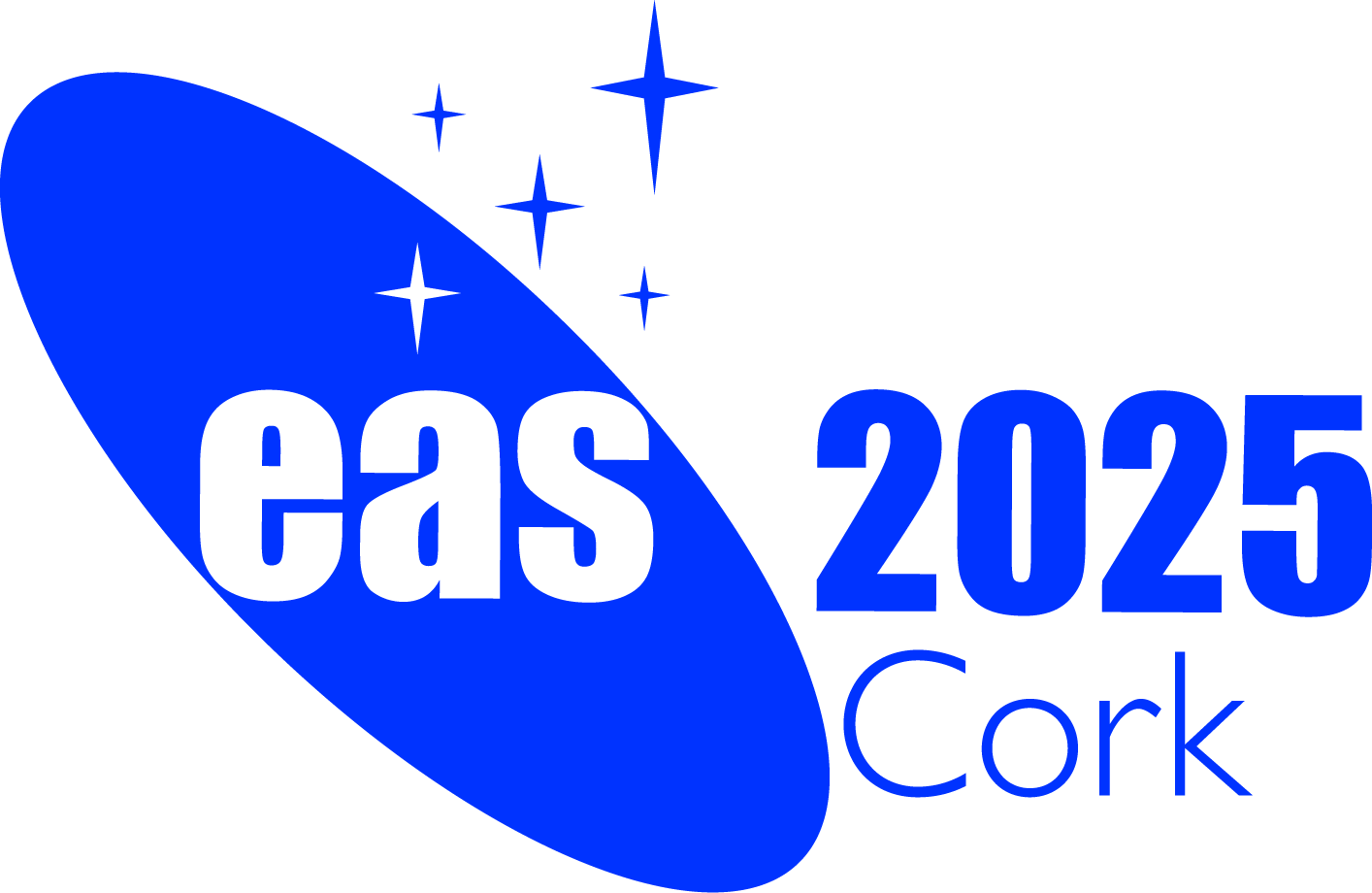
|
Special Session SS34
27 June 2025
XMXS 2025: Extreme Matter in Extreme Stars
Neutron stars are the Universe's best laboratories for studying dense matter physics. They provide a unique site where physics can be probed at extreme conditions unattainable using terrestrial experiments. Formed during the gravitational collapse of massive stars, the inner cores of neutron stars are so dense that they may contain exotic matter, with deconfined quarks, pions, or hyperons, that do not exist anywhere else in the universe and on which we therefore have very few theoretical constraints. Neutron stars are described by an equation of state (EOS). The EOS for strongly interacting matter is of great interest to nuclear physics and astrophysics (neutron star mergers, supernovae, neutron star structure). Neutron stars probe neutron-rich nuclear matter at extreme densities and hence, provides unique information on unresolved questions of modern nuclear physics: What is the composition of matter in its ground state at supra-nuclear densities? Do new degrees of freedom, such as quark-gluon plasma, pions, or hyperons, appear within a neutron star core? How can astronomical observations constrain these fundamental properties of dense matter? Providing answers to these important questions of fundamental physics motivates strong theoretical, experimental, and observational efforts to elucidate the properties of dense matter at supra-nuclear densities. The goal of this symposium will be to bring together the disparate communities of Compact Object Astrophysics (NS Theory, NS Observers, GW detectors and data analysis) and Dense Matter Physics. Programme
Invited speakers To be announced... Scientific organisers
Contact sebastien.guillot @ irap.omp.eu, dcwt21 @ bath.ac.uk Updated on Wed Feb 26 12:50:29 CET 2025
|
||||||||
|
European Astronomical Society |
|||||||||
 A power cut will shut down all EAS services on Tuesday, 10 January 2017 starting at 7:30 CET.
A power cut will shut down all EAS services on Tuesday, 10 January 2017 starting at 7:30 CET.

